Visual Learners
Children who gravitate toward charts, graphs, illustrations in books, puzzles, and videos are likely visual learners. This is great learning style to have when presented with reading material or written instructions. Children who tend to connect with this learning style are able to learn a great deal from reading and/or looking at instructions, and they can easily make a connection between written material and examples of a concept. They are also able to easily transform written instructions into organized spatial information.
Learning Aids
A child with ADHD who prefers a visual learning style can benefit from using flash cards, maps, charts, pictures, posters, and other visual content such as videos and films. In order to retain a large amount of information, visual learners will benefit from note-taking of both instructional material and any pictures, charts, or graphs a teacher may present during class.
Challenges
While note-taking and re-constructing charts and graphs is important to retain information for further study, it's also important to avoid becoming so overly focused on recreating every detail of a chart or graph that the student misses out on important lecture material. If this occurs, a child may need to pull back their visual focus and/or record a teacher's lecture material, so they can review it at a later time.








